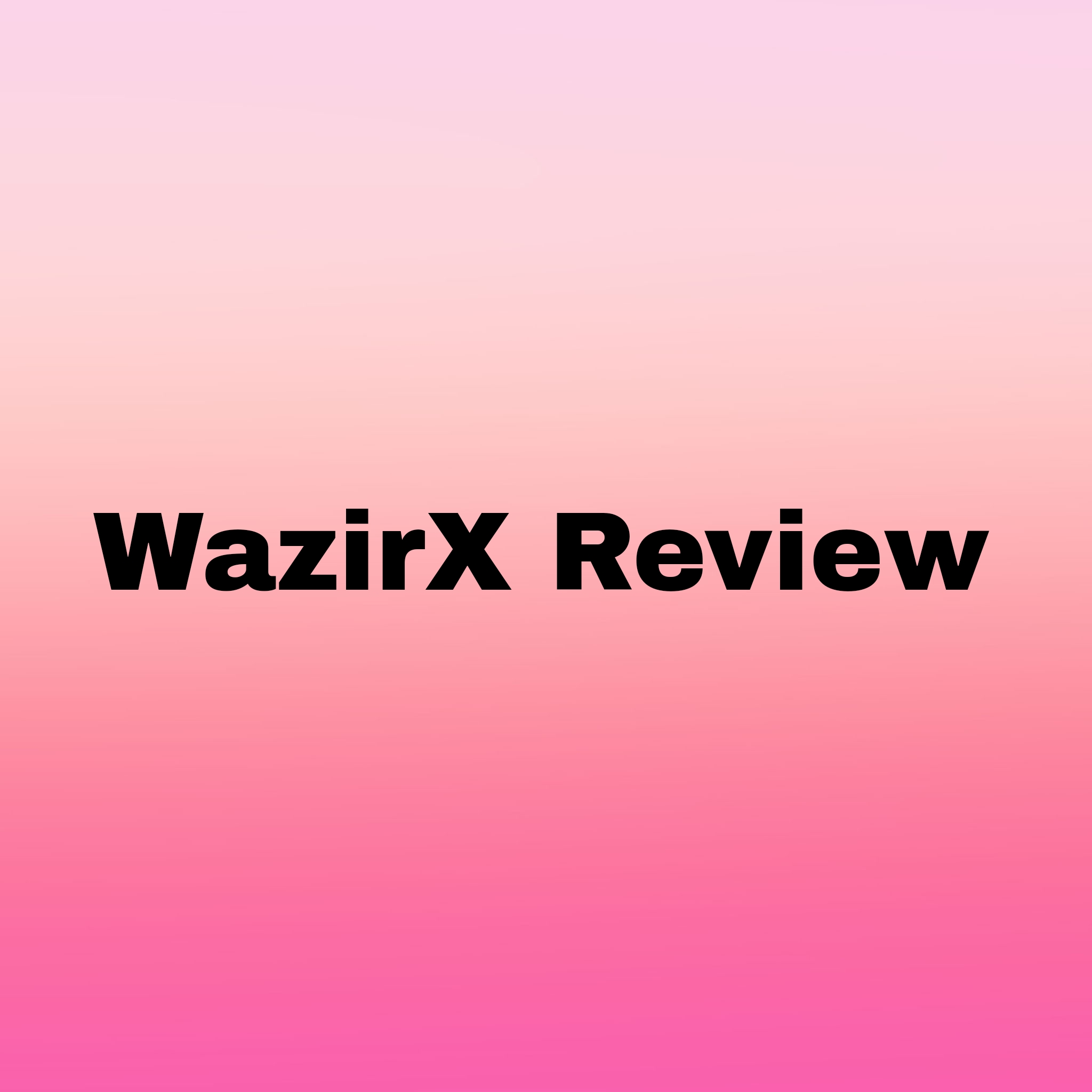
Share this
2021 was the biggest year in the cryptocurrency industry. And it’s not just that token prices have gone up, which some have done by thousands of percentage points, proving that epic crypto earnings are still on the table. More importantly, the growth of cryptography this year has led to significant adoption, integration and innovation, such as the bitcoin policy in El Salvador and the introduction of NFT by major brands and celebrities.
So, what happens after the biggest year in history? Probably not such a big year.
The past year has been unique, especially because the momentum of day trading that emerged during the COVID lockdowns in 2020 has been carried over into real implementation and innovation by people like Twitter. And cryptography tends to be very cyclical, because converts are overwhelmed and burned, and then leave to lick their wounds and study before returning. The year 2021 has already disrupted the pace of the crypto boom and bust, so anything is possible.
Despite the fact that it is less impressive than 2021, serious steps will take place in 2022, such as the launch of Ethereum 2.0 (finally!) and a departure from NFT mania (maybe!). And given the maturity of the industry, there will be a lot of capital to finance the further construction of interesting projects and a lot of opportunities for participation, if you pay attention to it. There are also some serious real-world factors that will affect cryptography, from US interest rates to inflation and COVID options – some are more predictable than others.
What follows is a mixture of my own impressions of what’s going on and ideas (usually far superior) to other cryptography observers. None of this is financial advice, and most of it is probably wrong, but I hope it will help you figure out which way to go next.
Regulation of cryptocurrencies
We will not see the talk time for the communication encoding rules. The American staff is particularly interested in the XO’s.
Washington DC and World members are trying to understand coding for investors and develop laws and guidelines that are not attractive to cybercriminals.
A Canadian coding company, Jeffrey Wang Group, or Amber American Democracy is the following. “We are very happy.
The Federal Reserve said that the president recently stated that there are no “intentions” banning the US cryptocurrency. Investors said, “It hurt me,” Mursar said. In addition, the IRS is clearly interested in the investor knowing how to declare virtual currency during tax investments. Jenner and Powell’s comments call for more coded stereotypes based on the Biden government and the appearance of other U.S. lawmakers.
Most cryptocurrencies are governed by obstacle rules. The King says: “There are many offices that control everything at their discretion.” this varies from country to country.
Wang says clear regulation means removing “significant obstacles to cryptocurrency,” as U.S. companies and investors are currently operating without clear guidelines.
What the new rules may mean for investors
In the bilateral infrastructure worth $1.2 signed by the President in November, therefore, in the bilateral infrastructure of the tax authorities signed by the President, experts should say that the profit or loss records in the capital should look for investors in their capitals. The new rules may help investors to report cryptocurrency transactions correctly.
“The exchange will consist of 10 99 tax forms B submitted with investment information,” Shahan Chandrasarera, CPA, coded tax software development company, coded tax software development company, recently the name between the tax surcharge should be reported for the software implementation. “This cryptography will significantly reduce costs””
Regulatory advertising can already affect the value of crypto professionals in unstable markets. Due to the volatility of the market, investment experts recommend keeping your investments in digital currency below 5% of the total portfolio and not investing money in everything that you are uncomfortable losing.
Finally, many experts believe that regulation is good for the industry. “Smart setup is a win-win solution for everyone,” said Ben Weiss, CEO and co-founder of CoinFlip, a digital currency buying platform and ATM network. I think it needs to be done””
Approval of Cryptographic ETFs
There has already been a major breakthrough on this front: the first bitcoin ETF debuted on the New York Stock Exchange last October. Development is a new and more traditional way of investing in cryptography. The BITO Bitcoin ETF allows investors to buy cryptocurrency directly from traditional investment brokerage companies with which they may already have accounts, such as Fidelity or Vanguard.
“We’re doing it in the stock market, we’re doing it in the bond markets, people might want it here,” Gensler said at a security forum in Aspen this summer.
But some say that the BITO ETF is not enough, because although the fund is tied to bitcoin, it does not directly own cryptography. Instead, the fund holds bitcoin futures contracts. While bitcoin futures follow general trends in real-world cryptography, experts say they may not directly track the price of bitcoin. For now, investors should continue to wait for an ETF that directly owns Bitcoin.
The approval of the ETF has been taken into account by the SEC several times over the past few years, but BITO was the first to receive approval.
What does a Crypto-ETF Mean for Investors
It’s too early to say how many investors will join BITO — but in the first few weeks, the fund has seen a lot of trading stocks. In general, the more cryptocurrency assets are available in traditional investment products, the more Americans can buy and influence the cryptocurrency market. Instead of learning to navigate the cryptocurrency exchange to exchange your digital assets, you can add cryptocurrency to your wallet directly from the same brokerage company where you already have a retirement account or other traditional investment account.
However, investing in a crypto-ETF such as BITO still carries the same risk as any crypto investment. These are always speculative and unstable investments. If you are not ready to lose the money that you invest in cryptocurrency by buying on the stock exchange, you should also not invest it in a crypto fund. Think carefully about whether you are ready to take the risk of having a cryptocurrency in your wallet.
Wider Adoption of Institutional Cryptocurrency
Large companies in many sectors have shown interest in digital currencies and Chinese blockchains by 2021 and in some cases have invested. For example, AMC recently announced that it could accept bitcoin payments by the end of the year. Fintech companies such as PayPal and Square are also betting on digital currencies, allowing users to make purchases on the platform. Despite billions of cryptocurrencies, Tesla continues to hesitate in accepting bitcoin payments. Experts are increasingly expecting this purchase. “We have seen huge production, and this sector will continue for some time.”
Some experts were able to approve it in the second half of this year. Weiss says: “We see that a password agency is a password, both from Amazon and from a large bank.”A big retail store like Amazon will “create a number of other answers” and “add a lot of reliability””
In fact, Amazon recently made a common move by sharing digital money and product leaders. Involve Walmart password experts to monitor the blockchain strategy.
What else does Institutional Adoption mean for Investors
It doesn’t make sense for most people today to pay with cryptocurrency, but that may change in the future as more and more retailers accept payments. Although it may take much longer to make a reasonable financial decision about spending bitcoin on goods or services, subsequent institutional implementation may lead to more use cases for everyday users, which in turn may affect the price of the cryptocurrency. There are no guarantees, but buying cryptocurrency as a long-term reserve of value increases demand and value when it is used in the “real world”.
Cryptocurrency forecast for 2022 and beyond





